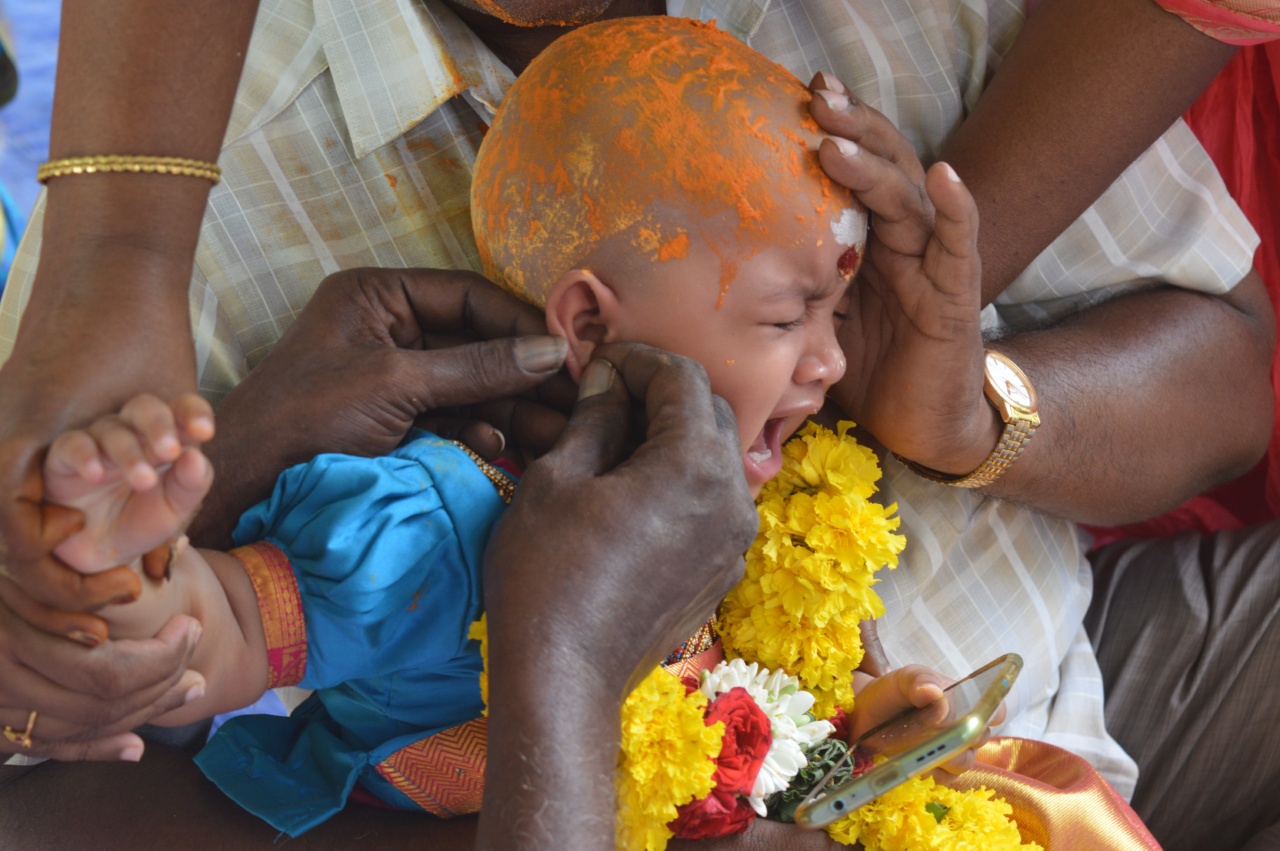As a parent, you want your child to look their best, but piercing their ears can come with a host of complications.
In this guide, we will highlight some of the most common problems associated with ear piercing in children and provide tips on how to prevent them.
1. Infections
One of the most common complications associated with ear piercing is infections. This can occur if the equipment used for the piercing is not sterile, or if the child does not take proper care of the piercing site.
To prevent infections, make sure you choose a reputable piercing studio that uses sterile equipment and follows proper hygiene protocols.
Additionally, make sure your child follows all aftercare instructions, which may include cleaning the piercing site with saline solution and avoiding swimming or soaking the ear for several weeks.
2. Allergic reactions
Another potential complication of ear piercing in children is allergic reactions. Some children may be allergic to the metal used in the earrings, which can cause redness, itching, and swelling of the earlobe.
To prevent allergic reactions, choose earrings made of materials that are less likely to cause allergies, such as surgical-grade stainless steel, gold, or titanium.
Avoid using cheap, low-quality earrings that contain high levels of nickel, which is a common allergen.
3. Keloids
Keloids are raised, thickened areas of scar tissue that can form around the piercing site. They are more common in people with darker skin tones and can be unsightly and uncomfortable.
To prevent keloids, make sure your child does not wear tight-fitting earrings that can put pressure on the piercing site. Additionally, avoid using heavy earrings, as they can pull on the earlobe and cause irritation.
4. Bleeding
Bleeding is another potential complication of ear piercing in children. This can occur if the piercing equipment is not properly positioned or if the child moves during the piercing process.
To prevent bleeding, make sure your child sits still during the piercing process and does not move or fidget. Additionally, make sure the equipment is properly positioned before the piercing is done.
5. Swelling
Swelling is a common side effect of ear piercing in children, especially in the first few days after the piercing is done. However, excessive swelling can be a sign of infection or other complications.
To prevent swelling, make sure your child follows all aftercare instructions, such as avoiding touching the piercing site, using a cold compress to reduce swelling, and taking over-the-counter pain medication if needed.
6. Earring migration
Earring migration is a phenomenon where the earring moves away from the piercing site and towards the edge of the earlobe. This can be uncomfortable and make it difficult to put in new earrings.
To prevent earring migration, make sure your child wears earrings that fit snugly in the piercing and do not move around.
Additionally, make sure the earrings are not too heavy, as this can cause stress on the piercing site and make migration more likely.
7. Hearing loss
In rare cases, ear piercing in children can lead to hearing loss. This can occur if the piercing accidentally damages the ear canal or if the child develops an infection that spreads to the middle ear.
To prevent hearing loss, make sure you choose a reputable piercing studio that uses proper equipment and follows safety protocols.
Additionally, make sure your child follows all aftercare instructions and seeks medical attention if they experience any signs of hearing loss, such as ringing in the ears or difficulty hearing.
8. Nerve damage
Nerve damage is another potential complication of ear piercing in children. This can occur if the piercing is done in the wrong location or if the piercing equipment accidentally damages nearby nerves.
To prevent nerve damage, make sure the piercing studio uses proper equipment and techniques for piercing. Additionally, make sure the piercing is done in a safe location that is not too close to nerves or veins.
9. Scarring
Scarring is a common side effect of ear piercing in children. While most scars are small and not very noticeable, some children may develop larger, more visible scars.
To prevent scarring, make sure your child follows all aftercare instructions and avoids touching or picking at the piercing site.
Additionally, avoid using heavy earrings or earrings made of materials that can irritate the skin, as these can make scarring more likely.
10. Incomplete healing
Finally, one of the most important things to watch out for when it comes to ear piercing in children is incomplete healing. If the piercing does not heal properly, it can lead to infection, scarring, and other complications.
To promote healing, make sure your child follows all aftercare instructions and avoids activities that can irritate the piercing site, such as swimming or playing contact sports.
Additionally, make sure you keep an eye on the piercing and seek medical attention if you notice any signs of infection or other complications.






























